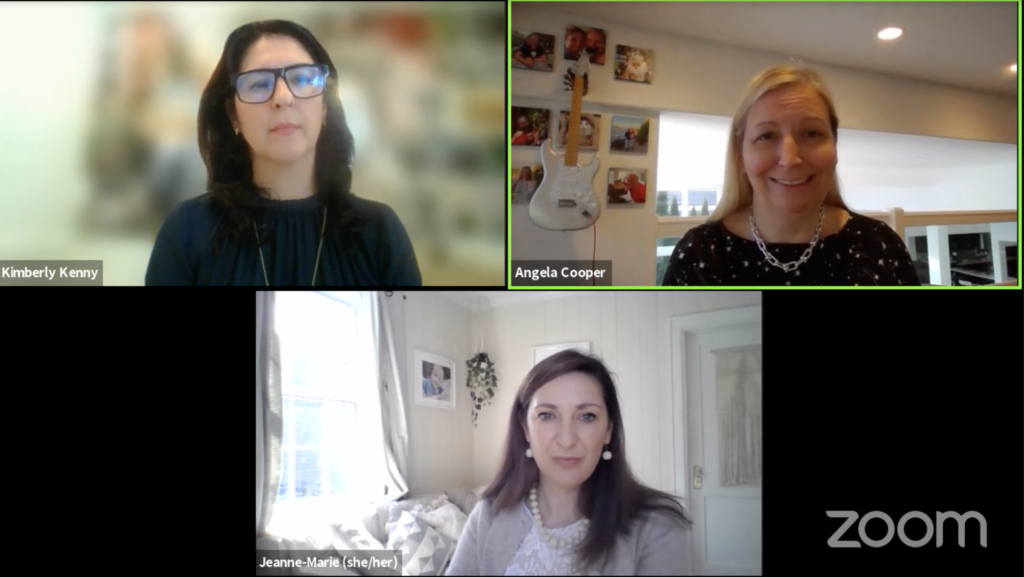At the Nov. 10 SoCal Women’s Leadership Summit, presented by Women in Technology Hollywood (WiTH), Mount Saint Mary’s University’s Kimberly Kenny, associate VP of external relations and institutional advancement, shared the latest results of the Los Angeles university’s annual “Report on the Status of Women and Girls in California.”
And the numbers are eye-opening for all the wrong reasons.
“The pandemic revealed further disparity for women, especially women of color,” Kenny said. “More women than men have stepped out of the workforce, and stepping away from work for women, even temporarily, can be devastating.”
Nearly 2.5 million women have left the workforce since the start of the pandemic, according to the report, compared to 1.8 million men. One in three women say they’ve considered downshifting their career or leaving the workforce altogether this past year, compared with one in four who said the same a few months into the pandemic, according to Kenny. Additionally, four in 10 women said they’ve considered leaving their company or switching jobs, with recent high employee turnover in recent months suggesting many are following through.
When it comes to families with one or both parents working from home, 41 percent of respondents said mothers are providing the majority of extra childcare responsibilities, compared to only 15 percent who said the same of fathers. While 46 percent of mothers with children at home say they feel more productive working from home, that pales to 77 percent of fathers who say the same.
 The pandemic has also put a spotlight on wage gaps: Women working full-time, year-round in the U.S. earn just 82 cents for every dollar compared to what men earn, and that number is just 54 cents for Latina women, and 62 cents for African American women, according to the data.
The pandemic has also put a spotlight on wage gaps: Women working full-time, year-round in the U.S. earn just 82 cents for every dollar compared to what men earn, and that number is just 54 cents for Latina women, and 62 cents for African American women, according to the data.
In American technology roles, women hold just 10 percent of executive level positions, only 16 percent of senior-level roles, and under 20 percent of entry level and mid-level jobs. The top position for women in technology is project manager, while the top position for men in tech is software engineer, according to Kenny’s data.
And the percentage of women making up the overall tech force is up three percent since 2019, it’s still only at 29 percent overall, Kenny shared, meaning it’ll take another decade at this rate for women to gain equal representation in the sector.
On the diversity, equity and inclusion (DEI) front, the data shows women leaders are twice as likely as their male counterparts to spend a substantial amount of time on DEI work that falls outside their formal job responsibilities.
The report found that women in STEM careers are more likely to leave within the first few years compared with those who aren’t in STEM-related jobs, with the top reasons why being a lack of role models, hostile work environments, and too many personal sacrifices.
But there are things that can be done — and are being done — to change these disparities, Kenny said: support professional development opportunities for women; mentor, sponsor and become role models for women; better educate communities about the challenges facing women; compile and track the data around these disparities; and look to elect more women to office.
“The data is sobering,” she said. “We share this data because we know awareness can create positive change, and I’m impressed with WiTH because they create opportunities for these conversations.”
The SoCal Women’s Leadership Summit was presented by Microsoft and sponsored by Sutherland, Premiere Digital, Solliance and Converge Technology Solutions.

